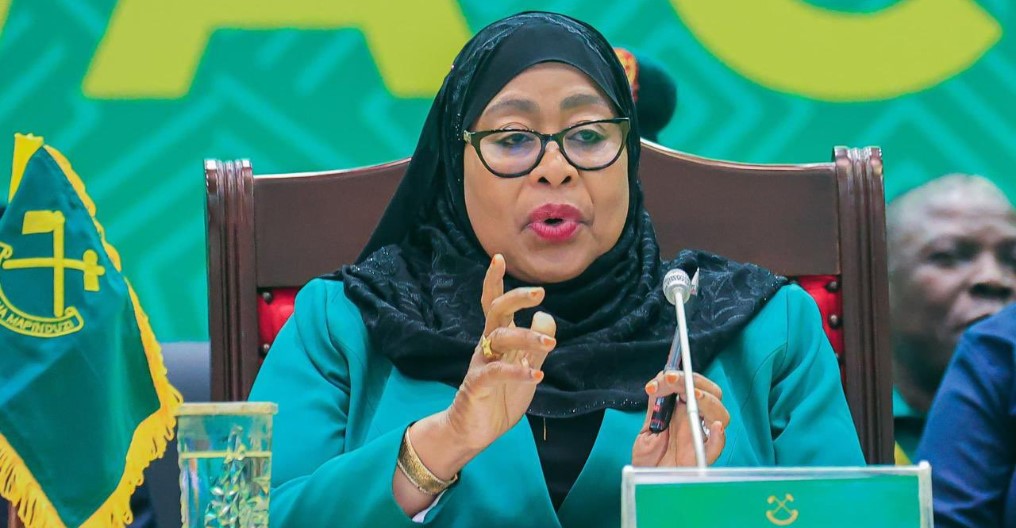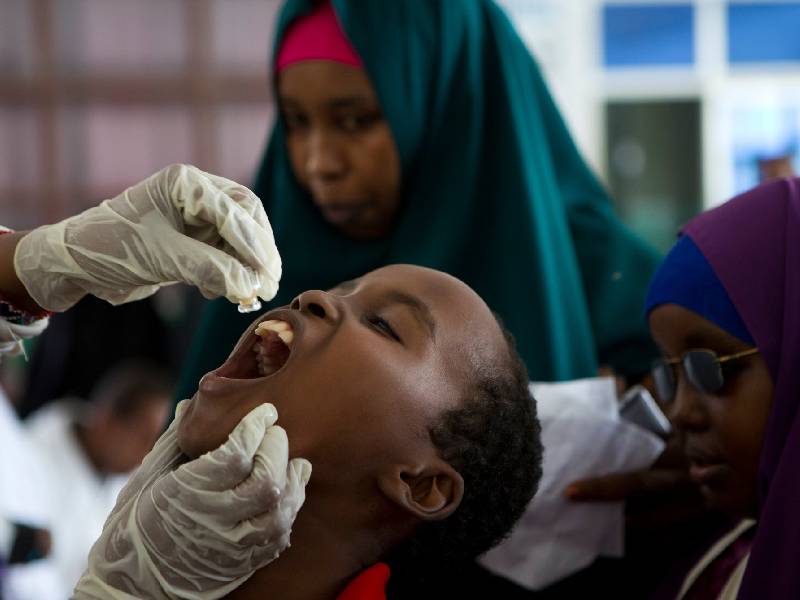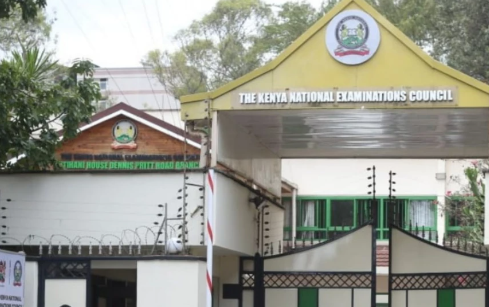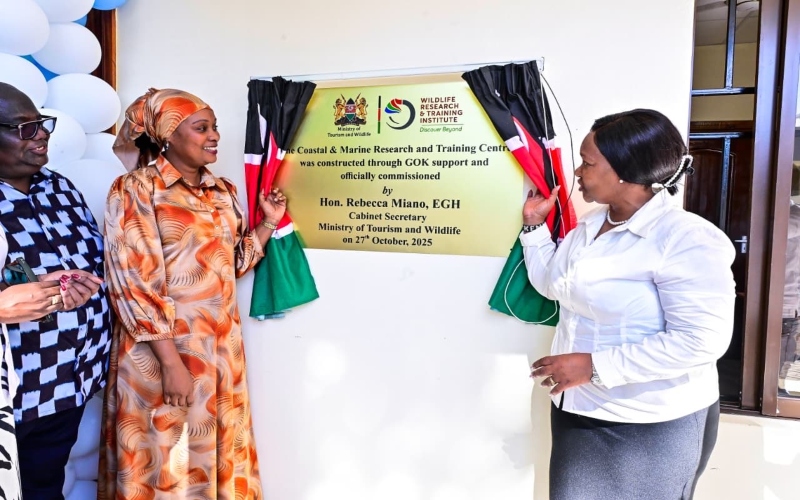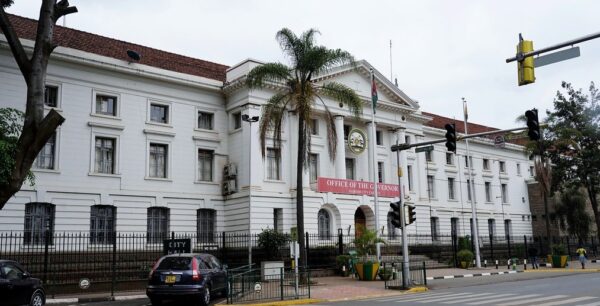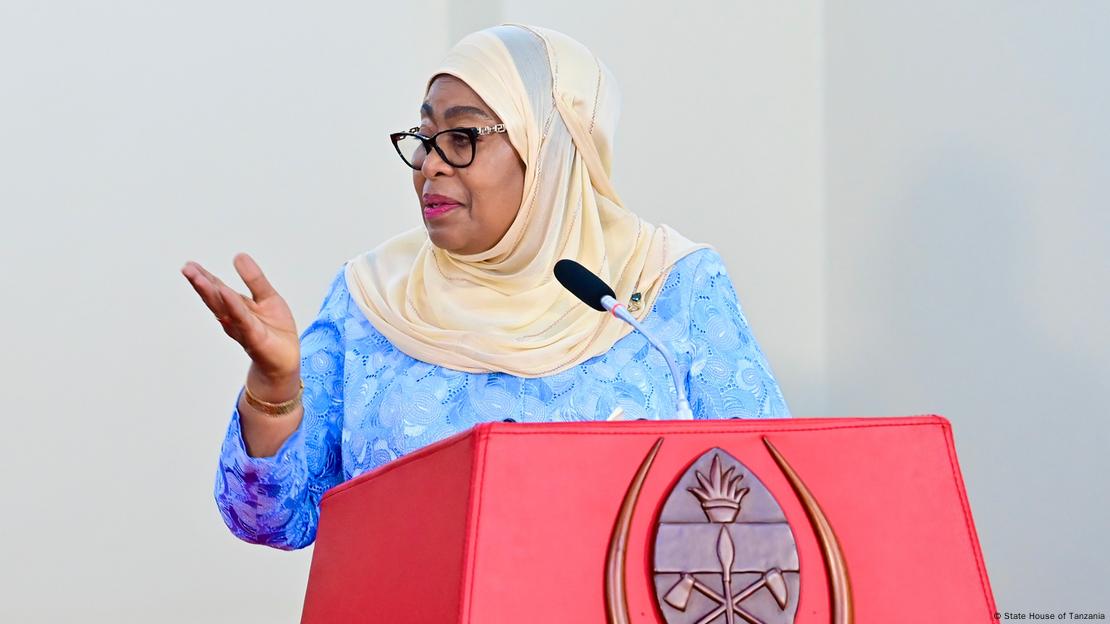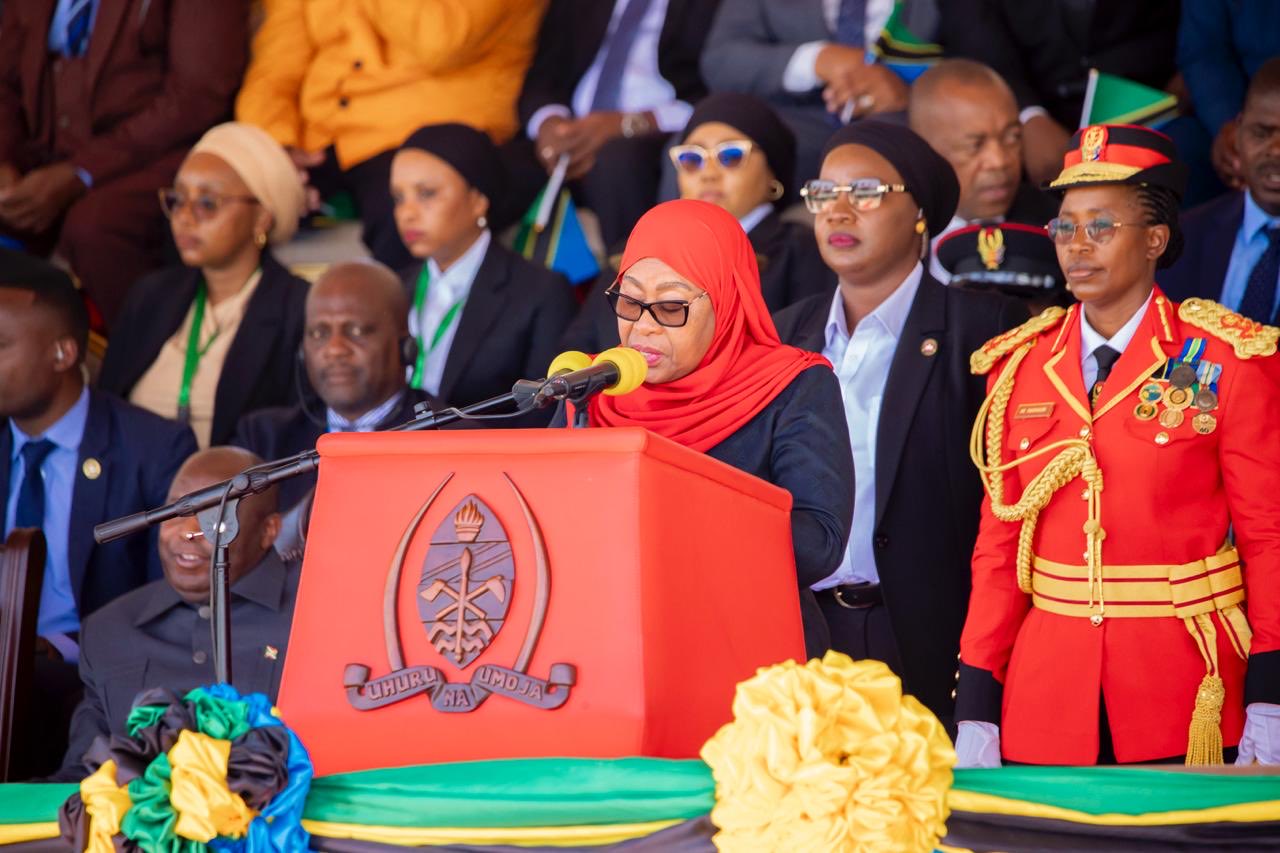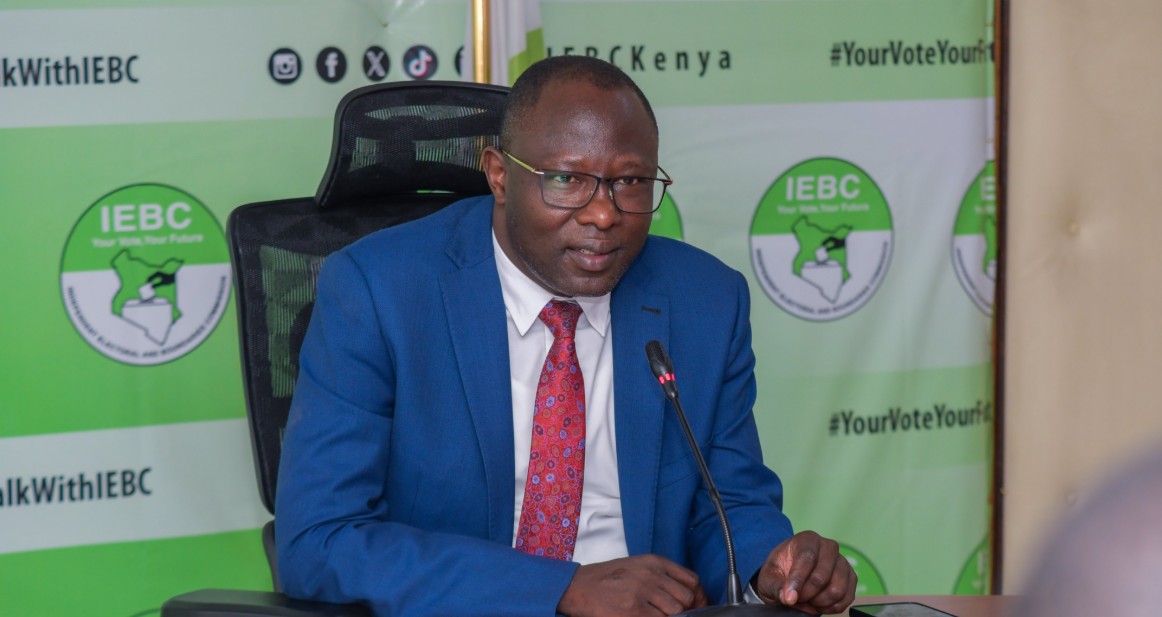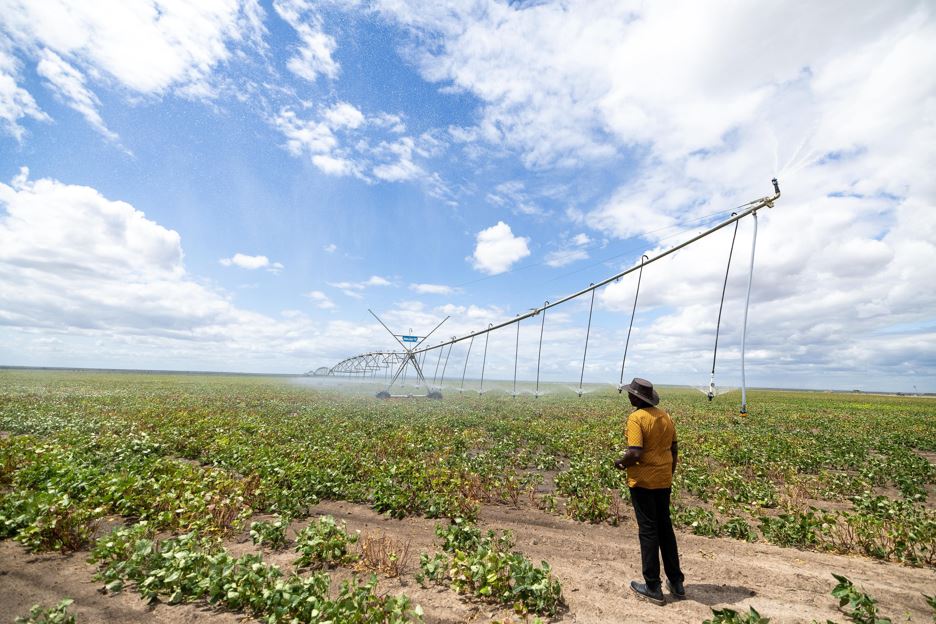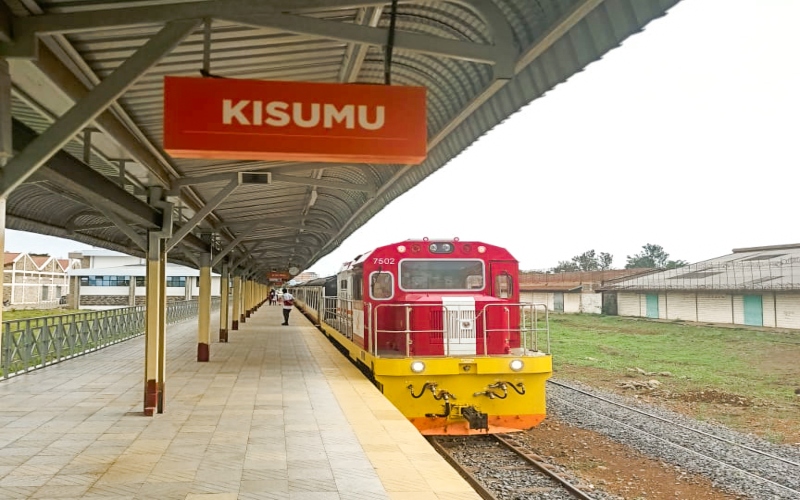Students joining universities told not to pay fees, await categorisation of funding model
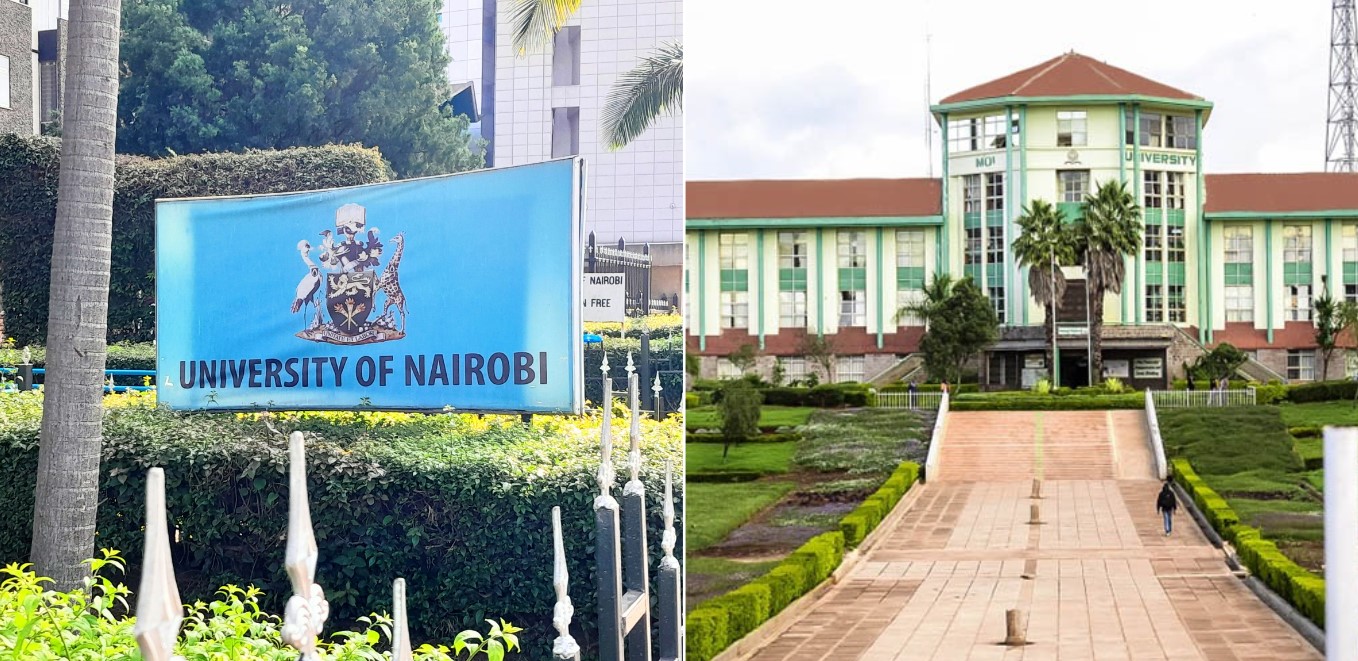
The Higher Education Principal Secretary, Beatrice Inyangala, clarified that the fees communicated by universities represent the full cost of the degree programmes, not the actual fees students will pay.
Students enrolling in university this year have been advised to refrain from paying fees until the categorisation process to determine their specific level of need, as outlined by the higher education funding model, is completed.
Higher Education Principal Secretary, Beatrice Inyangala, clarified that the fees communicated by universities represent the full cost of the degree programmes, not the actual fees students will pay.
More To Read
- Accountants, doctors, lawyers and engineers biggest defaulters of HELB loans – CEO Geoffrey Monari
- Return to old funding model, KUPPET urges state amid student complaints
- Pressure mounts on state as civil society group calls for disbandment of varsity funding team
- MPs grill Education CS Ogamba over flaws in university funding system
- MPs to grill education CS on Hillside Academy fire, university funding model
- Ruto forms 129-member committee to review university funding model
She noted that the government will use the new funding model to categorise students based on their financial needs once they are done applying.
“I am confirming that they should not pay fees until we have categorised the students according to their level of need in the different bands and then inform them of the level of need that the government will provide,” she said on Wednesday.
On July 20, 2024, the Ministry of Education recalled all admission letters following a public outcry over unclear fee structures that did not specify the government's capitation fees or the amount each parent was expected to pay.
In a circular, Inyangala stated that the respective universities would announce new fees that each student must pay as a household contribution.
“The Ministry of Education wishes to inform the public, particularly parents and guardians of students, that the fees to be paid by students and their families/guardians as relates to the full cost of each degree programme as previously communicated in the admission letters is hereby nullified, and does not apply any more,” she said.
She emphasised that while the fee structures are being adjusted, the students' selected academic programs will remain the same.
“It is also important for the students and their parents/guardians to note that their placement in the respective academic programmes remains unchanged. We wish to confirm that their places in the academic programmes are firmly secured,” she said.
Under the new education funding model, students will receive varying levels of government support based on their needs. Band one students will receive 95 per cent of their programme costs covered by the government, while band two students will get 90 per cent, band three 80 per cent band four 70 per cent and band five 60 per cent.
“And that means for all the parents, depending on the level of income, they will only pay a maximum of 40 per cent of the cost of that programme,” Inyangala said.
The PS expressed regret over the confusion and misinformation regarding programme costs and the university funding model, assuring that the government will continue to clarify the funding details.
She detailed that the full cost for courses such as medicine is Sh612,000, while a Bachelor of Arts costs approximately Sh122,400. However, the amount parents will need to pay will be significantly lower based on the student's financial needs.
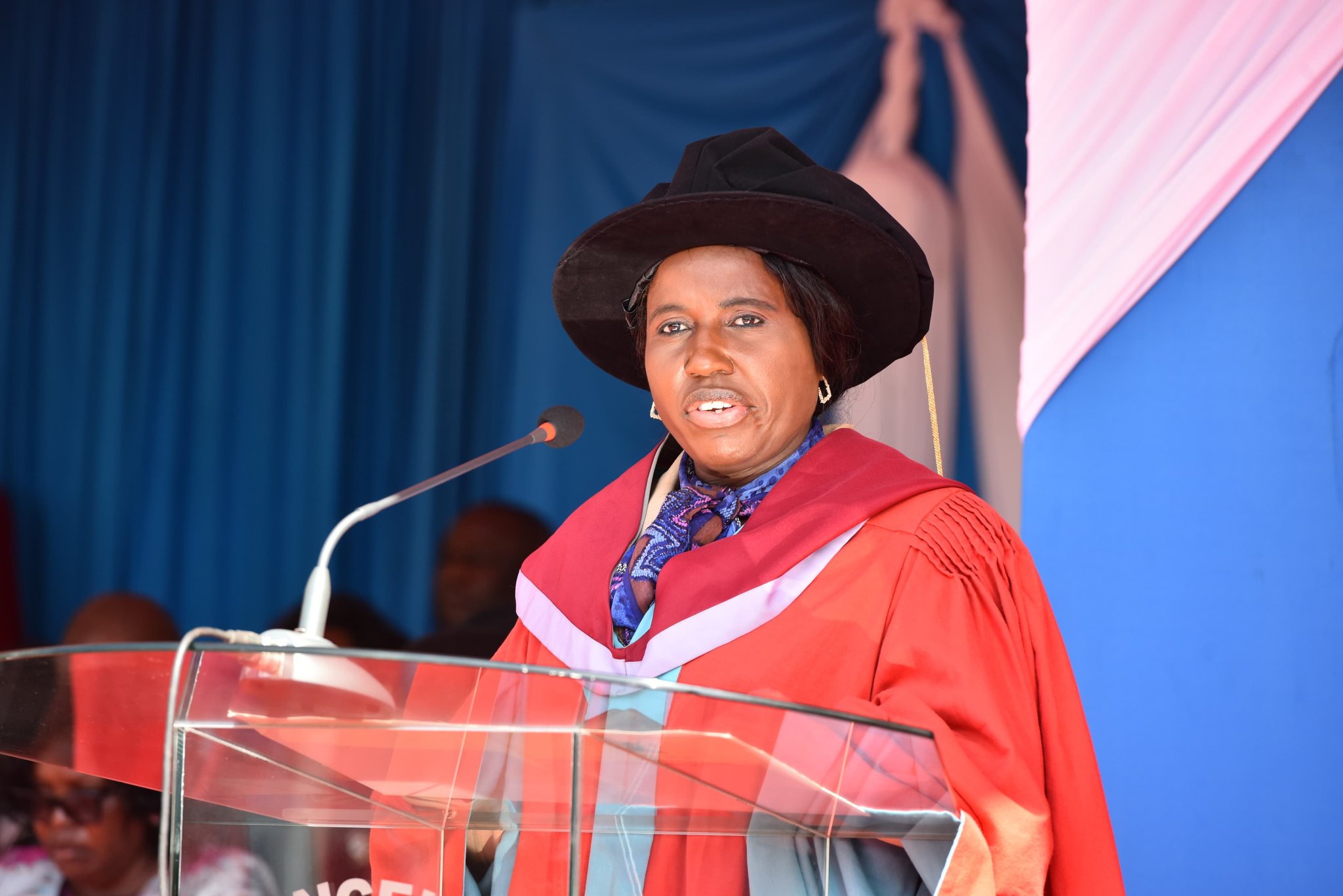 Higher Education and Research Principal Secretary Beatrice Inyangala at a graduation ceremony at the University of Nairobi. (Photo: UoN)
Higher Education and Research Principal Secretary Beatrice Inyangala at a graduation ceremony at the University of Nairobi. (Photo: UoN)
For example, students from very vulnerable backgrounds will pay no more than Sh30,600 per year for medicine and Sh6,120 per year for a Bachelor of Arts. This means that students in the latter programme will pay Sh3,060 per semester, making education more affordable.
“That is why a student in Band 1 undertaking a Bachelor of Arts course will not pay more than Sh6,000 a year. With the support provided by the government through loans and scholarships, university education has never been more affordable,” she said.
Meanwhile, on August 5, 2024, the government extended the application period for government funding until August 10, 2024.
According to Inyangla, as of August 4, 79,038 of the 153,275 students placed by the Kenya Universities and Colleges Central Placement Service (KUCCPS) had applied for funding, leaving 74,237 students yet to apply.
“We are pleased to announce that the application process has been extended by 10 days, closing on August 10. Under the new funding model, government funding will be allocated based on individual student needs,” Inyangala said in a statement.
She said that starting August 19, parents and guardians will be informed of the university fees and household contribution towards the cost of the university programmes.
The Higher Education Loans Board (HELB) uses the Means Testing Instrument (MTI) to assess the level of need for each learner.
Helb CEO Charles Ringera said the mantra of the funding model is to ensure that no student is left out of university education.
“We do not rely on the self-declared income. Information from the Kenya Revenue Authority (KRA) or National Health Insurance Fund will point to us how vulnerable you are. For instance, if you are on government cash transfers, we can be able to see,” he said.
He also highlighted that Helb offers annual upkeep loans of Sh60,000 to students in Band 1. Extremely needy students are expected to receive Sh55,000, and the less needy will receive Sh45,000.
“What we have done this year in terms of MTI is that even after we do categorisation, we want to sample all the students who have applied and do ground verification on the status that was declared across the 47 counties,” Ringera said.
Top Stories Today
